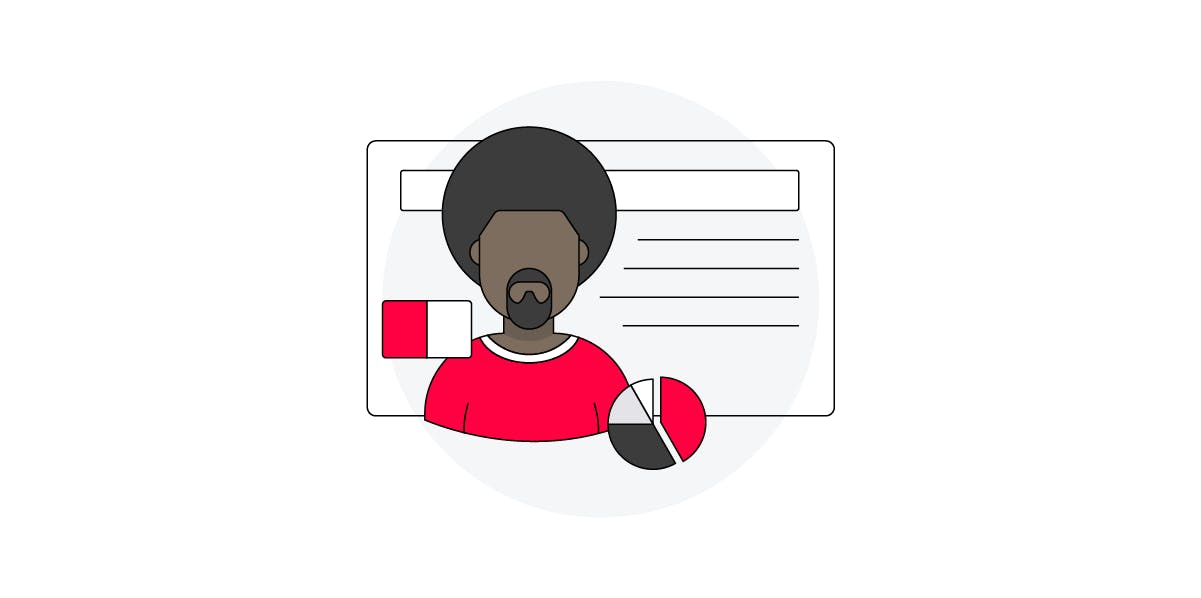Customer data platforms (CDPs) are quickly becoming the technology of choice for marketers looking to rationalise and consolidate their customer data to power more personalised campaigns.
According to the CDP Institute, from December 2016 to June 2019, the number of CDP vendors increased from 23 to 96 – a spurt of growth that led Gartner to place CDPs at the peak of “inflated expectations”. Indeed, “CDP” has become such a buzzword that research from the CDP Resource shows that over 25% of companies claiming to sell CDPs aren’t selling customer data platforms at all.
But CDPs are in demand for a reason. Customer touchpoints are ballooning, making data collection more fragmented and increasing the risk of a garbled customer view. Without a joined-up data solution, businesses are unable to provide the personalised interactions consumers now expect, let alone respect their privacy and preferences.
The right customer data platform, deployed effectively, can be the solution to all of these challenges. So what makes a good CDP, and how can you get the best from it?
What makes a good CDP?
At its most basic, a customer data platform is a tool that helps you bring reliable, consistent customer data to every team that needs it within your business. A good CDP should help you with:
- Data collection – taking first-party data from every customer touchpoint.
- Data processing and consolidation – combining that data to create unified customer profiles. The best CDPs also clean your data at this stage, removing duplicates, erroneous entries and other anomalies that could otherwise undermine the best-planned marketing campaign.
- Data segmentation – turning your data into meaningful audiences.
- Data activation and execution – deploying this information to other tools, where it can be used to improve customer experiences, fuel business decisions and inform product decisions.
Say that your company is trying to get a better understanding of its customers. Your CDP would be used to collect data from touch points like Facebook, email, your website, and any other place a customer might interact with your company. It would then consolidate that information into easily understandable customer profiles, and then make them usable for other systems. Ultimately, a good CDP should be like a central nervous system for your first-party customer data which all of your different tools can connect to.
CDPs aren’t the only data management solution on the market, but their capabilities far outstrip those of data management platforms (DMPs) and customer relationship management systems (CRMs).
DMPs are predominantly used in advertising to collect and manage large, anonymised data sets of audiences (usually from third parties), while CRMs are optimised for sales teams to capture customer information during sales conversations. Neither of these solutions offer the range of a fully-integrated CDP, which can connect first-party data to any of the thousands of martech tools available on the market, as well as to business units beyond sales and marketing.
Five tips to get the most out of your CDP
So how can you maximise the potential of your CDP? Here are five tips to get you started:
1. Try before you buy
As with any major martech decision, start by doing your homework. Ask other marketers about their CDPs and what they think of them, use research to focus down your options, and then give your favoured solution a test drive before you commit to it. Many CDP providers offer a free trial period, so do take advantage of this if you can.
2. Focus on the entire customer journey
Customers today aren’t just clicking around your website or app. They’re chatting to customer support via live chat, talking with your sales team over email, clicking on Facebook ads, and much more. To get a complete picture of your customer journey, look at data from everywhere including your web, mobile, server, and cloud.
3. …but don’t overdo it on metrics
At the same time, it’s a mistake to think that tracking more metrics will help you understand your customers better. More often than not, you end up rich in data but poor in insight. Only focus on the metrics from which you can get real insight into what’s happening at each stage of the customer journey.
4. Take note of behavioural data, not vanity data
Our research shows that ‘product added’, ‘checkout started’ and ‘order completed’ are among the most popular events tracked through CDPs. This reflects a shift from so-called vanity metrics such as new signups, downloads, or page views – all irrelevant when you need paying, engaged users to make your business a success.
5. Ensure you have a good data governance protocol
Your CDP is only as good as the data you’re feeding into it. All of the metrics above must be coupled with a solid data governance protocol which ensures that data is clean and free of errors in the first place. Choosing a CDP which can automate the data governance process is a good place to start.
Once you’ve got the above locked down, let your CDP spread its wings! The beauty of the CDP is that it can be connected to tools and analytics relevant to other teams in your business, whether that’s customer success, product management, or sales.
CDPs in 2020 and beyond
Judging by the current state of the market, CDPs will continue to become the central tool in business’ tech stacks, relevant to far more than marketing use cases.
The growth and evolution of the customer data platform is an acknowledgment that data quality, governance, privacy, and integration are key to the customer experience today. As the market progresses, we will continue to see businesses of all sizes turning to CDPs as the foundation for their customer relationships.







